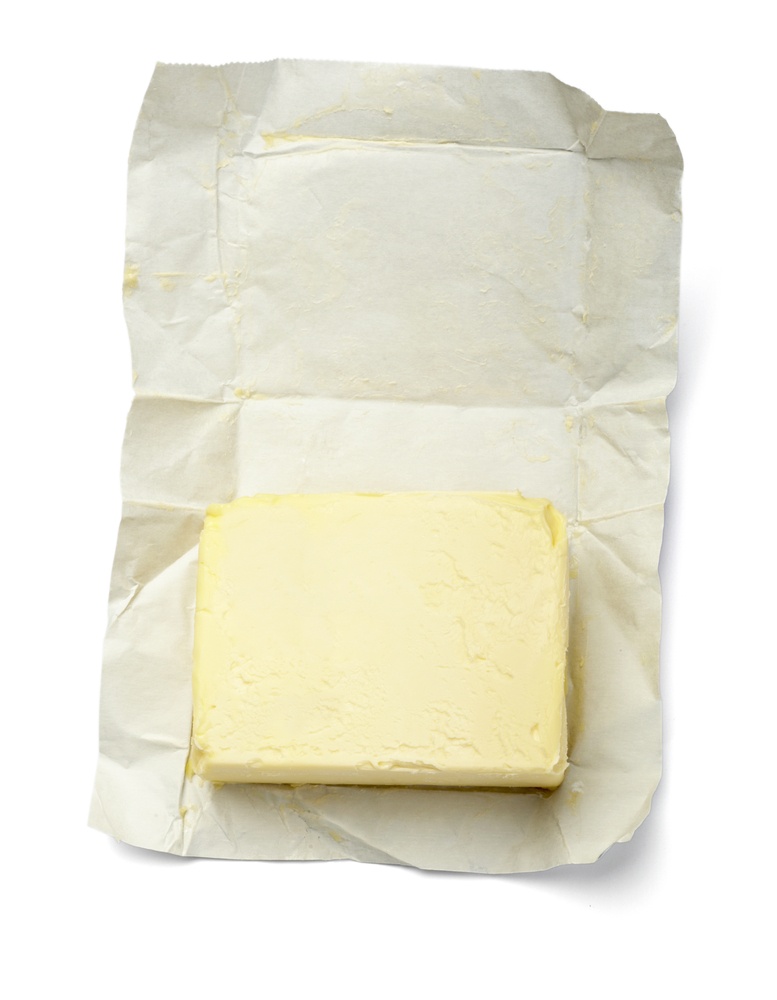The big fat surprise for fitness
This article discusses fat based on the book
The big fat surprise by Nina Teichholz
and my personal experiences.
You will learn the differences between different fats and cholesterol. This will lead to real-life advice fro you regarding fat. Always consult a doctor before making considerable changes to your diet.
Fat makes you fat, right?
From 1970 to 1997 the consumption of whole milk dropped by more than 100%. At the same time, the low-fat milk consumption went up by more than 10x. What had happened that Americans started to shun the whole milk and opted for low-fat milk instead?
It started with a study from Ancel Keys in the 1950s which linked fat to increased cholesterol levels. Based on the higher cholesterol your risk of getting a heart attack went up. Those findings were further underpinned by the Framingham study in 1972.
These studies lead consumers and producers to rethink the food supply chain. Products like vegetable oil and margarine became more widespread.
Still, how come that people did not drop dead like flies before these products were invented? While these innovations are available cardiovascular diseases are at an all-time high. How come?
Is fat bad for you?
Let's get a bit more technical. Fat is made up of chains of carbon atoms surrounded by hydrogen atoms. These atoms connect with bonds. There are two types of bonds, single and double.
Scientists call a fat only made of single bonds saturated. If the fat has only one or more double bonds they call it unsaturated. Most natural fats are saturated. Examples are butter, cheese, and meat. Vegetable oils are unsaturated fats. Most unsaturated fats are made in industrial processes. This was a result of the falling demand for occurring fats.
Vegetable oil forms one of the biggest sources of unsaturated fat in our diet. It is cheaper and more produced as it stems from plants. Transport and packaging are usually easier as it is liquid at room temperature. A disadvantage of unsaturated fats is that they are more likely to oxidize and go rancid. The reason for this is the double bonds. There are more electrons which can react to their surroundings.
Consumers still wanted products which were fatty but not liquid at room temperature. The industry found a way to meet demand by creating
The first papers showing the dietary dangers of transfats showed up in the 1960s. Transfats do not occur naturally. Nowadays there are increasing demands to ban transfats. Saturated fats make a big comeback.
Ancel Keys had found out was that there was a link between a high-fat diet and cardiovascular diseases. This was part of a bigger study in nutrition. He did not specify which types of fat were exactly consumed. Here and in the interaction with cholesterol lies the flaw.
Cholesterol and your heart
Again let's get a bit more technical. Details do matter for your health. There are two different kinds of cholesterol in your body. They are characterized by the density of their carriers called lipoproteins. There are high-density lipoproteins (HDL) and low-density lipoproteins (LDL). HDLs carry HDL-cholesterol and LDLs carry LDL-cholesterol.
People unhealthy lifestyles usually have high levels of LDL-cholesterol. People with healthy lifestyles usually have high levels of HDL-cholesterol. LDLs fix cholesterol in our arteries, while HDLs clears it out of the system.
Thus raising your HDL cholesterol is one of the best ways to combat heart disease. One way of doing this is to eat more healthy fats. You will find these in avocadoes, salmon, olive oil and nuts.
What should you eat?
It becomes more and more clear that demonising certain foods can have bad long term effects. A low fat diet does not mean that you are living a healthier live. Broad, generalised statements lead to bad choices. Dig deeper and understand the differences. Question the studies. Demand more detail. Stay away from unnnatural products.
If your food went through as little processing as possible chances are good that it is healthy. Manipulation leads to risk. The more your food has been tampered with to make it last, the higher the risk.
My experience with high fat low carb
Since I am on a high fat low carb diet my poerformance in the gym has gone up. The food I eat satisfies me more and I have less mood swings. What I miss arebig servings of potatoes or noodles which are not part of this diet. I usually tread myself on the weekends to a bit of sugar or starch.
Conclusion
Trends change and research is incomplete. Results get taken out of context and that where the trouble arises. Cholesterol is not the enemy. Fat is not the demon. Balance your diet, listen to your body and be moderate. With this you will not look like a model, but be healthy. To look like a model you have to starve yourself. Different kind of bad.
Further reading
- 12 practical tips for fitness coaches to be healthier
- As a man thinketh for fitness coaches
- Best apps for fitness coaches
- Choose yourself for fitness coaches
- Deep work for fitness coaches
- Finish for fitness coaches
- Grit for fitness coaches
- How fitness coaches get mindfulness easily
- How fitness coaches get unlimited power for their clients
- Mastery for fitness coaches
- Rework for fitness coaches
- The ONE Thing for fitness coaches
- The power of now for fitness coaches
- The power of positive thinking for fitness coaches
- The power of thinking big for fitness coaches


